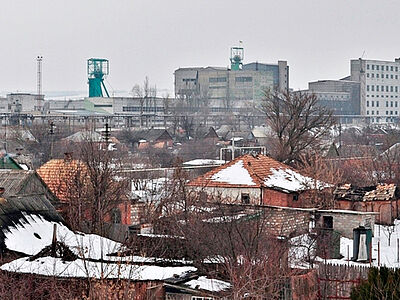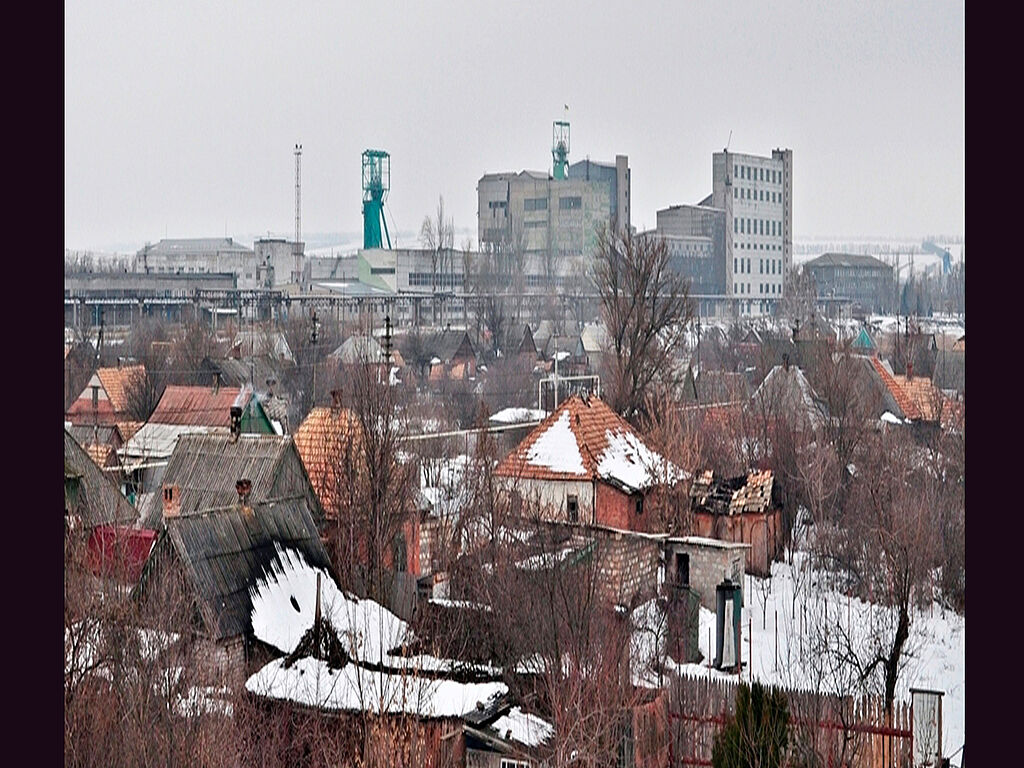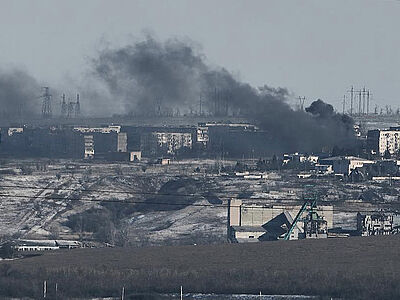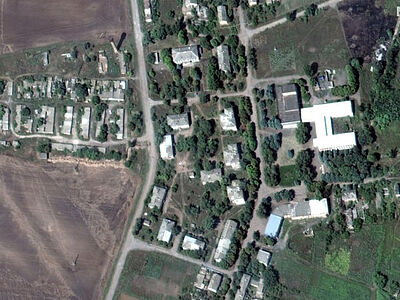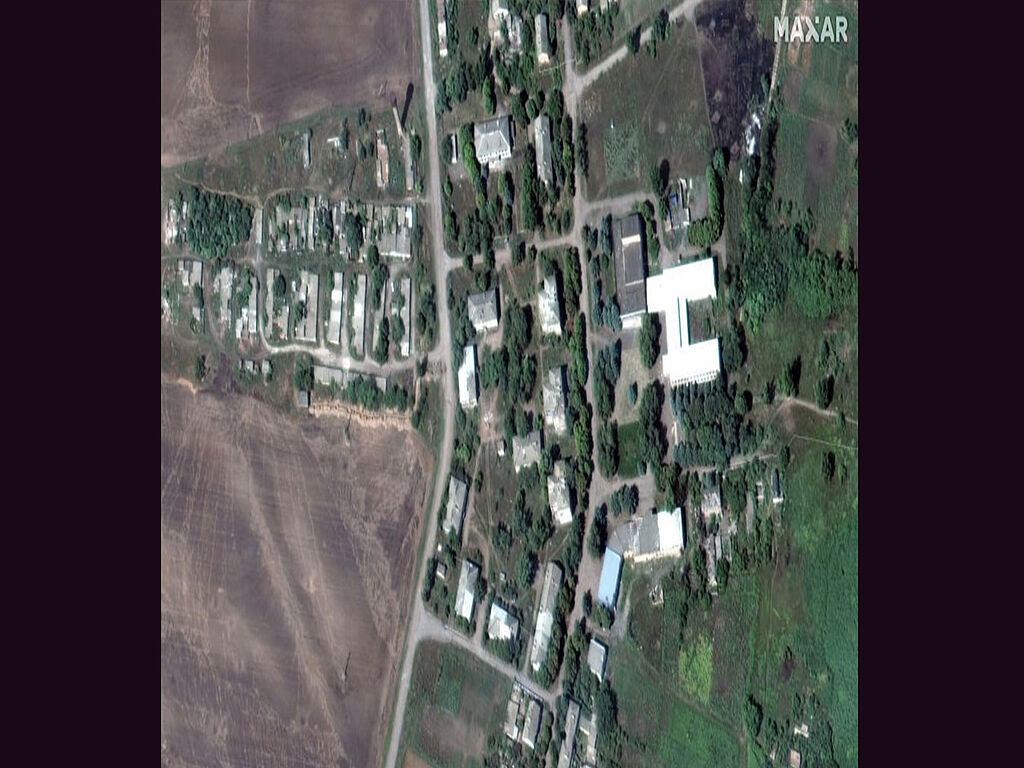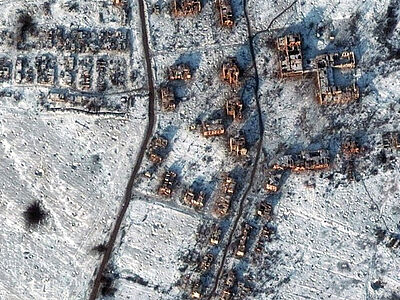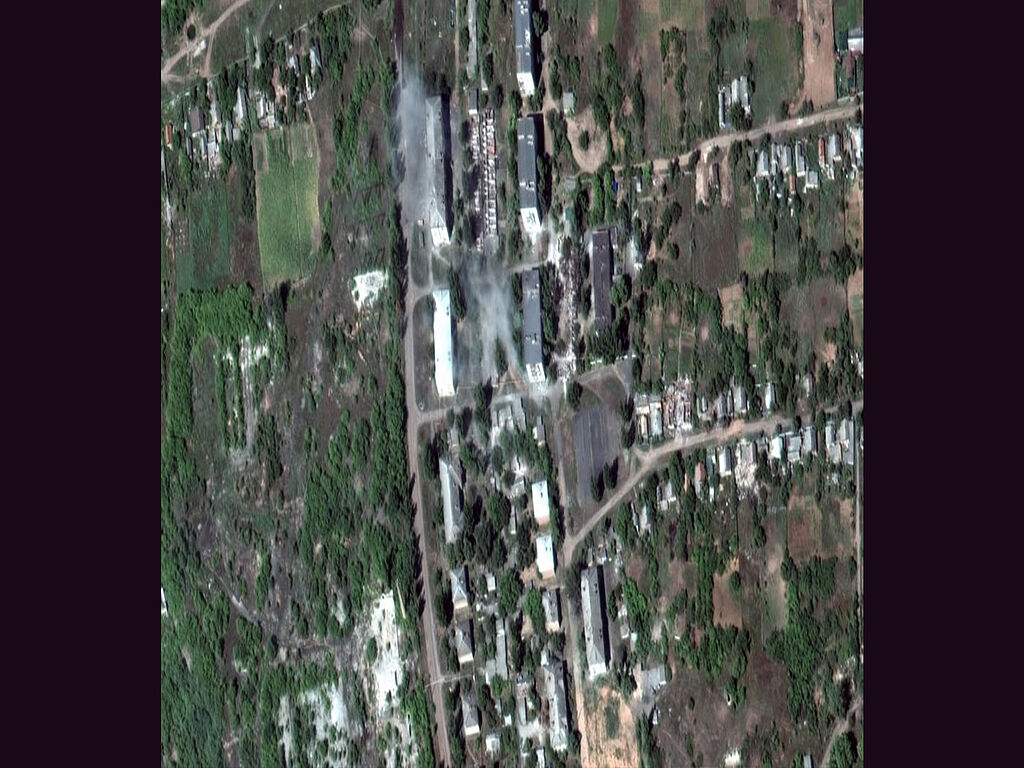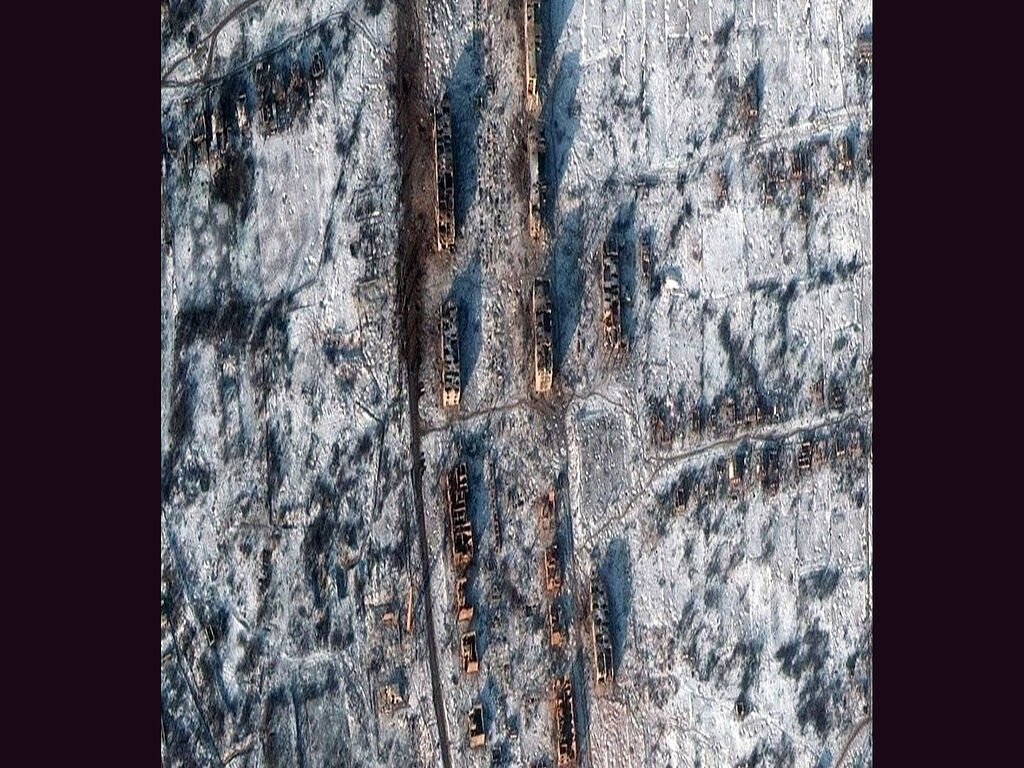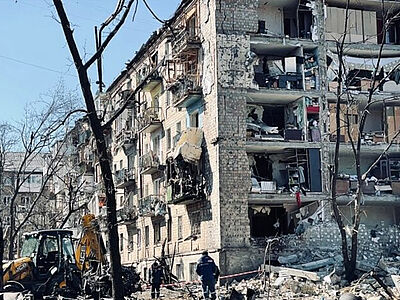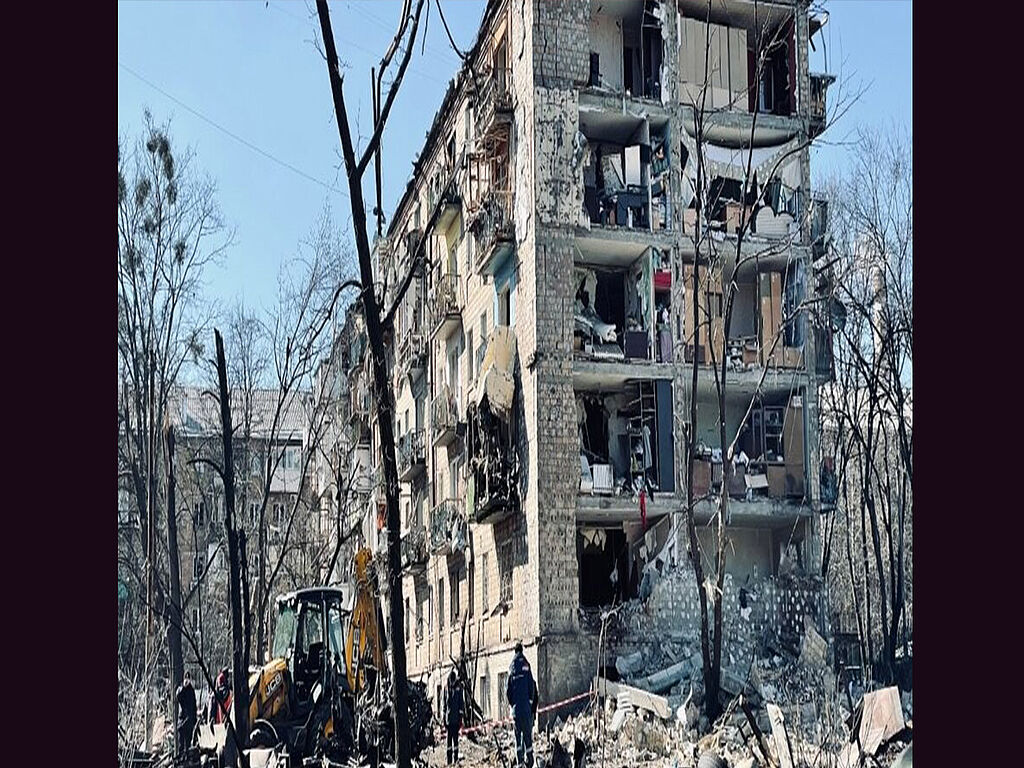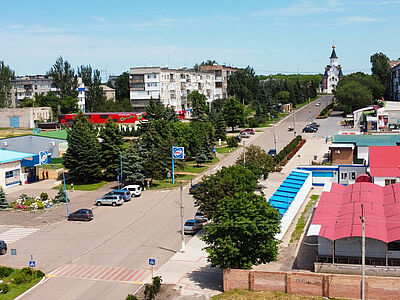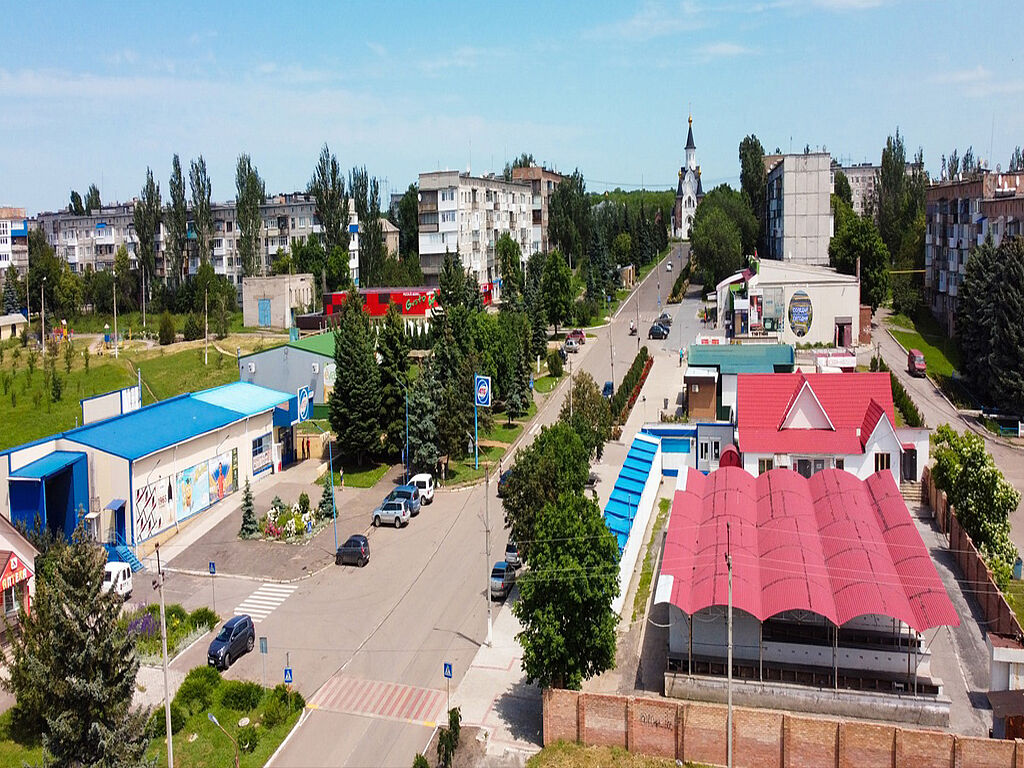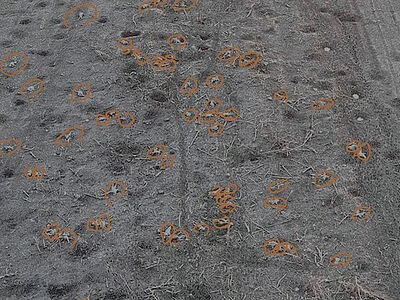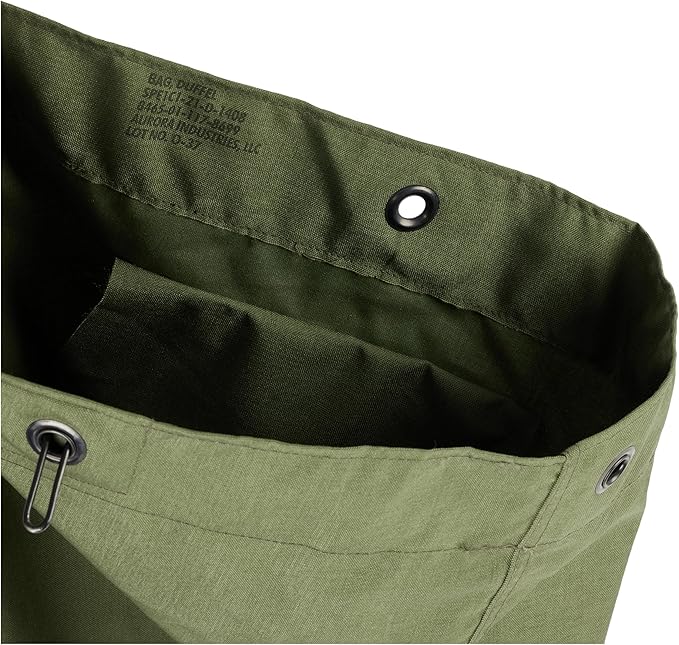Our catalogs
Personality catalog
Famous people before and after the start of the war
Personalities before and after the start of the war
View DetailsBuildings and constructions catalog
Photos of buildings and their destruction before and after the start of the war.
Buildings, structures, objects before and after the start of the war
View DetailsMonuments catalog
Monuments, works of art before and after the start of the war
View DetailsAircraft, cars and other technical means catalog
Aircraft, cars, technical means before and after the start of the war
View DetailsHell on earth: Russia is wiping Soledar off the face of the earth
The US-based Institute for War Studies believes that Russian troops need control over Soledar north of Bakhmut, as well as the village of Zaitsevo south of Bakhmut, in order to deprive the AFU of control over an important highway that supplies the Ukrainian army in the northeast of Donetsk Region.
In addition, according to military observers in Ukraine and the West, the capture of Soledar, where some 13,000 people lived before the war, is needed by the Russian command to demonstrate at least some sort of victory over the Ukrainian army.
Another version has recently emerged. Yevgeny Prigozhin, founder of the Wagner PMC, said that the city was taken by his fighters alone. Reuters, quoting a senior White House official, wrote that Prigozhin quite possibly wants to take control of the salt mines near Bakhmut. It is in Soledar that there are virtually inexhaustible deposits of rock salt.
Soledar is home to the administration of the Artyomsol combine, one of the largest salt producers in the world. At the end of May, because of constant Russian shelling, the combine stopped working. Artyomsol said that the salt deposits in the region are virtually inexhaustible: over 300 years of exploitation, the salt reserves have been reduced by just one percent.
Before the war, Artyomsol accounted for 96% of the salt consumption in Ukraine. The company covers over 50 square kilometres. Its products were bought by over 50,000 wholesalers in Ukraine and the former Soviet Union, including Russia. In addition, local salt was supplied to European and African countries.
Over the years, almost 200 km of tunnels were excavated near Soledar. The height of the tunnels in some places reaches tens of metres. The space, which formed in the mines after the exploitation of salt strata, was partly turned into a tourist attraction. Before the war, tourists had to descend to a depth of 300 metres to find themselves in halls some 40 metres high and 150 metres long, where the entire floor was strewn with salt crumbs.
The unusual view and the acoustics, as well as the chapel set up under the ground fascinated the tourists. It was even possible to play football here, as well as sit in the café and view the salt sculptures and a salt crystal the size of a human being. Symphonic orchestras and art exhibitions were held here. It was also the site of the first ever underground balloon flight, and it made it into the Guinness Book of World Records.
In the early 1990s, the Donbas sanatorium complex was opened at a depth of 300 metres, which was later renamed the "Salt Symphony". Bronchial asthma, chronic bronchitis, pneumonia, allergies, skin and neurological diseases were treated there.
| Icon | Name | Type | Demo | Links |
|---|---|---|---|---|
| Soledar, Ukraine | image | |||
| Soledar: what the fighting in the city looks like and what the sides are saying | video | |||
| What if Soledar and Bakhmut fall? Latest news and comments from Western experts | video | |||
| Ukrainian medics evacuate soldiers | video | |||
| Soledar, Ukraine | image | |||
| Soledar, Ukraine | image | |||
| Soledar, Ukraine | image | |||
| Soledar, Ukraine | image | |||
| Soledar, Ukraine | image | |||
| Soledar, Ukraine | image | |||
| Soledar, Ukraine | image | |||
| Soledar, Ukraine | image | |||
| Soledar, Ukraine | image | |||
| Soledar, Ukraine | image |
Date :







